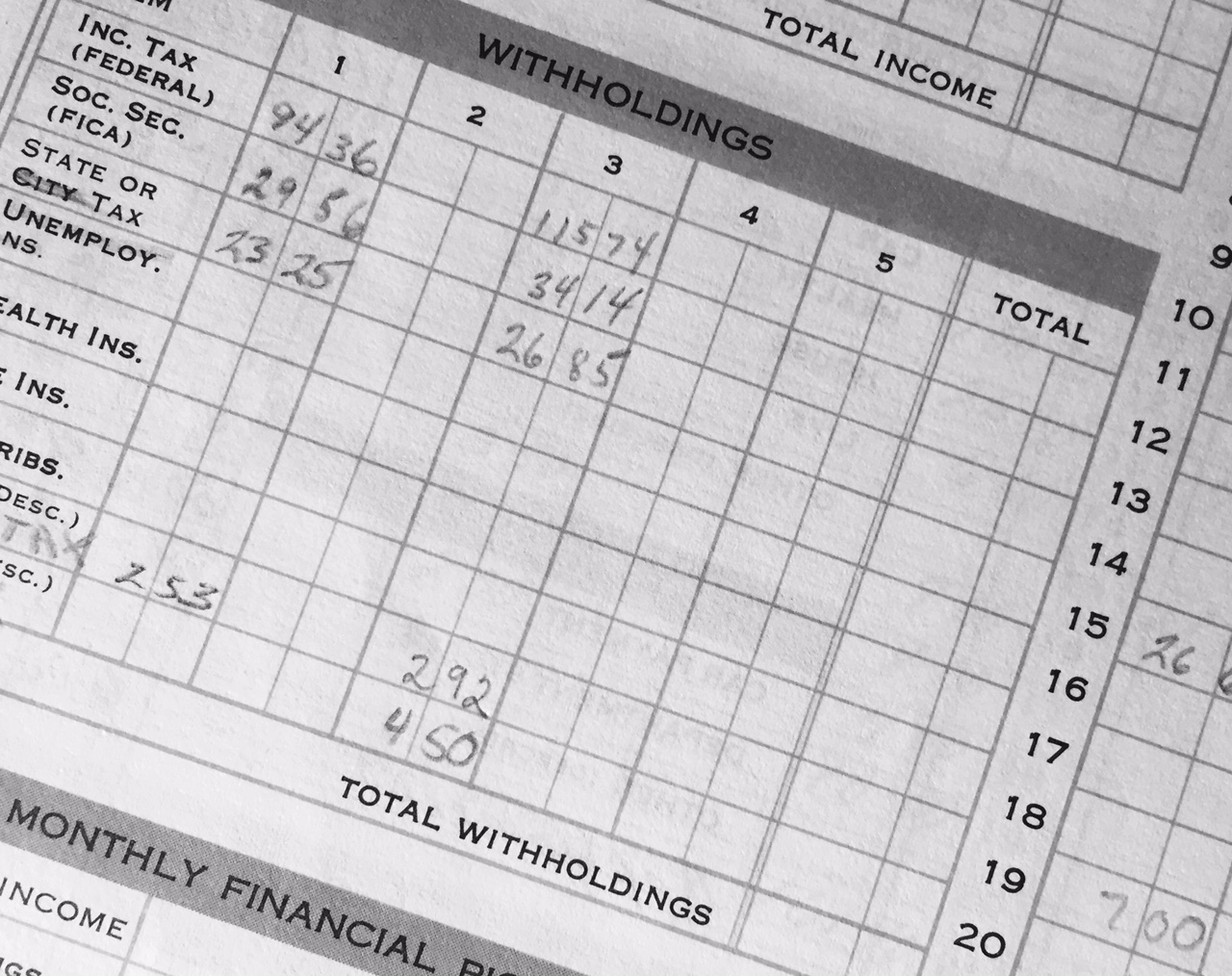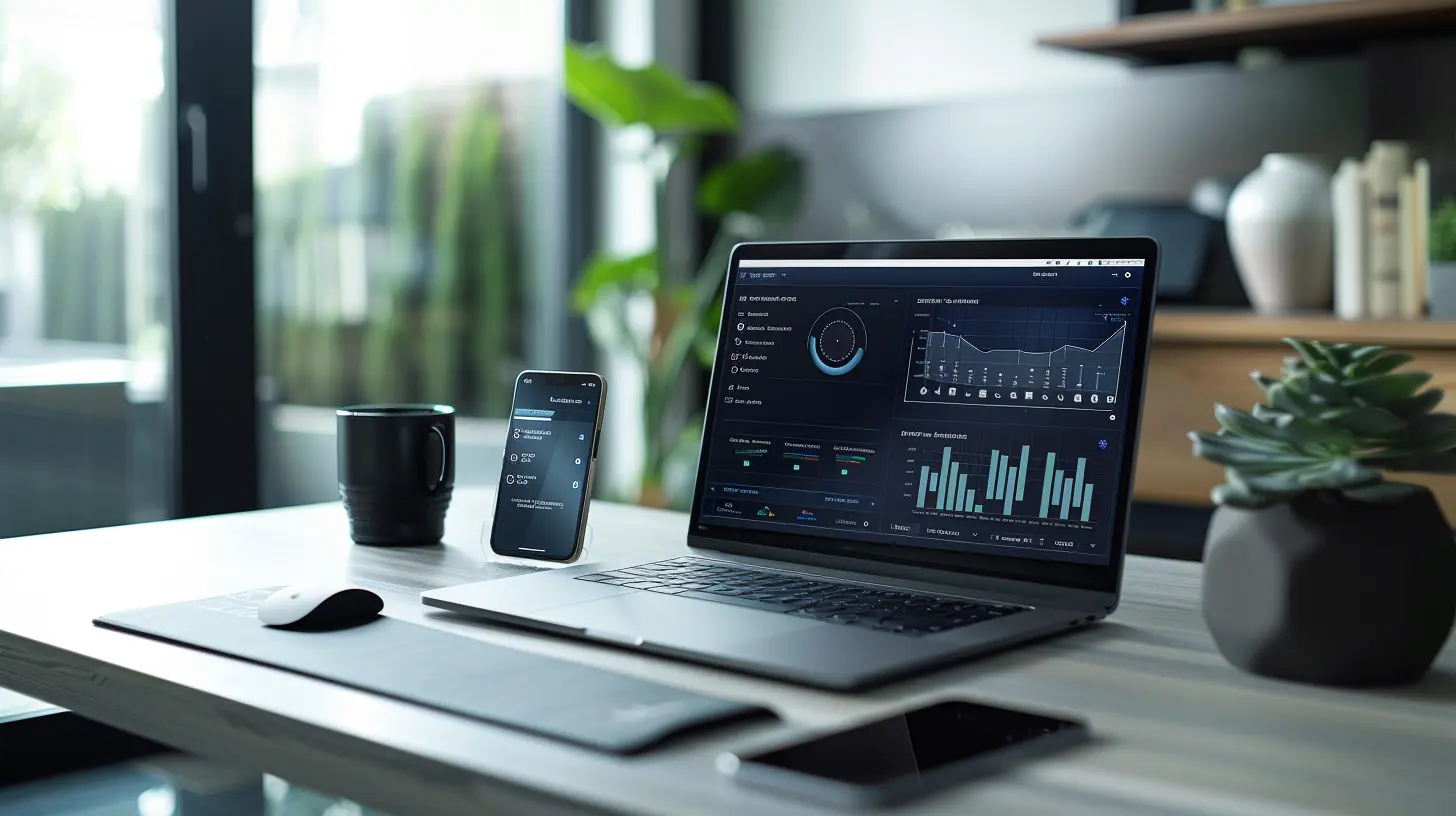Learning how to budget your money with personal budgeting methods is an important life lesson to achieve no matter what income bracket you are in.
Everybody should possess that skill set.
Practicing basic money management just makes good financial sense.
Sadly, a lot of us do not have a budget.
Roughly 59% of Americans do not have a budget in place according to a Harris Poll Survey titled 2018 Financial Literacy Survey.
What is important to note about the survey is that a majority of Americans don’t conduct and financial planning when it comes to their personal finances.
The Harris Poll Survey was conducted for the National Foundation for Credit Counseling.
One of the reasons that 59% of Americans do not have a personal budgeting method in place is because they let fear stifle their mindset.

Setting up a budget does involve a lot more than tracking your income and expenses on a spreadsheet.
There are many factors that will go into the formation and creation of your budget.
However once you know these factors, you will be a lot closer to achieving financial independence and building wealth from nothing in your life.
When starting to formulate your personal budgeting methods, be sure to take a look at our budgeting tips as well that offer great advice.
Before you get to that stage you need to know what types of personal budgets and personal budgeting methods are available.
Why is a Personal Budget Important?
While one personal budgeting method might be right for one individual or family, that same personal budget may not work for another. No two personal budgeting methods are the same because no two households are the same.
However, make no mistake, everyone needs a personal budget. Using budgets are a great way how to teach teens about financial responsibility. Personal budgeting methods are important because they help define and put boundaries around someone’s goals. Everyone has different financial goals in their life.
If you don’t have a personal budget, how can you determine your financial priorities in life?
Before you learn how to create a budget, defining which personal budgeting method that will work for your situation could become challenging.
However, there are 8 different personal budgeting methods below that offer simple and specific details how to budget your money.
Be sure to check out our personal finance flowchart which will guide you through the process of spending money in the best way possible.
1. The Envelope System Personal Budgeting Method
This personal budget method has been around for decades. Previous generations used this type of money management system to compile their budgets. The envelope system is a great budgeting technique.
Before computers, cell phones, and apps were available, people had to actually use tangible tools to manage their daily finances. I remember my own mother using this system. This system is done with cash and envelopes.
First of all this is probably one of the more simple or personal budgeting methods to use.
Every month do you sit down and plan out your personal budget. The goal here is to have one envelope for each personal budget category. This is a great system if you budget by paycheck with a calendar.
You will have to determine and figure out what those major expense categories will be that you will need the cash for.
Some examples would include:
Groceries
Gas/Transportation
paying cash for a car
Dining out
Entertainment
Clothing
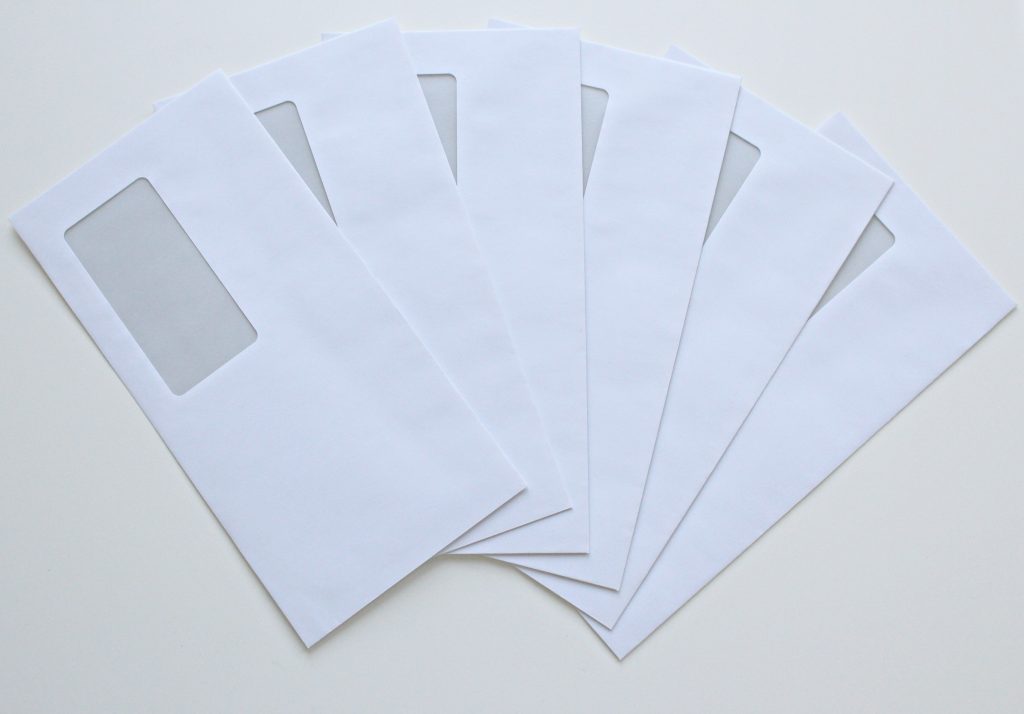
At the beginning of each month come up with an estimate of how much those expenses will be for each category.
Go to the bank and withdraw the appropriate amount of cash to cover those the estimates of those monthly expenses. Fill each envelope up up with the appropriate amount of cash.
Then when you go grocery shopping, take your grocery envelope with you and that is the money available for that expense.
An extra savings tip – When you have money left over at the end of each month in the envelopes, collect all of the money.
Create an emergency fund envelope and put all the extra money you collected from each envelope into your emergency fund.
This will help you address unexpected bills that may come in.
Who Should Use This Personal Budgeting Method?
If you have a hard time being responsible with your credit cards then this method is for you.
This is also good for people who may struggle with self control on certain purchases or people that tend to overspend on extras.
By using cash only you have a greater chance of actually reducing your expenses with this method.
One thing to be mindful of is that this is a cash system. You should take extra precautions so you do not lose the cash.
In the off chance that you do lose the cash, keep one credit card in your wallet for emergencies so you are not stranded. This would be a good insurance policy. Remember to only use the credit card for extreme emergencies.
2. Zero-Based Budget Method
This budget is very straightforward and can be summed up with the following statement:
income – expenses = zero ($0)
Every dollar has a purpose. For example if you make $1,000 a month you need to allocate all of that money for a purpose.
You often see this budgeting method used a lot with nonprofits and government since a lot of those organizations cannot roll their money into different spending years.
This is good for people who have a set income each month.
First start off by calculating your income that you will receive each month.
Then you want to add up your monthly spending and savings to equal that amount exactly. There should be nothing left at the end of the month as every dollar has been allocated.
You should be left with zero at the end of the month.
This would include all essentials and non-essentials. Be sure to include all your expenses such as credit card payments or if you are contributing to a savings or emergency fund. Those monthly amounts need to be included as well in your household budget strategy for your monthly totals.
Who Should Use This Personal Budgeting Method?
This budget would be good for people who have been managing their daily finances for a while. This is a time-consuming budgeting method because you have to look at the details behind each category. Sometimes, learning how to budget your money can take time and effort. There’s not a lot of room for error with the zero-based budget.
It is also good for people that may actually end up having money left over at the end of the month. By allocating all of your money to certain categories, the theory here is that all of your money has been spent by the end of the month. You do not have to worry about being over or under at the end of the month, because everything has been spent in some form.
3. Values-Based Budget Method
This is probably one of my favorite budgeting methods to use for personal budgets. The reason is because it involves a little bit of soul-searching. Knowing how to budget your money can change all aspects of your life.
You can use this budgeting method to save money for a house fast if that is what you value.
I believe by using this budgeting method you can jump start your journey to financial freedom. Here is why…
This budgeting method involves tracking your spending. That is just like all the other personal budget methods. What makes this personal budget method different is that you will spend money based on your values and what is important to you in your life.
Basically how this budget works is that you will have to assign a value to all of your expenses for the month.
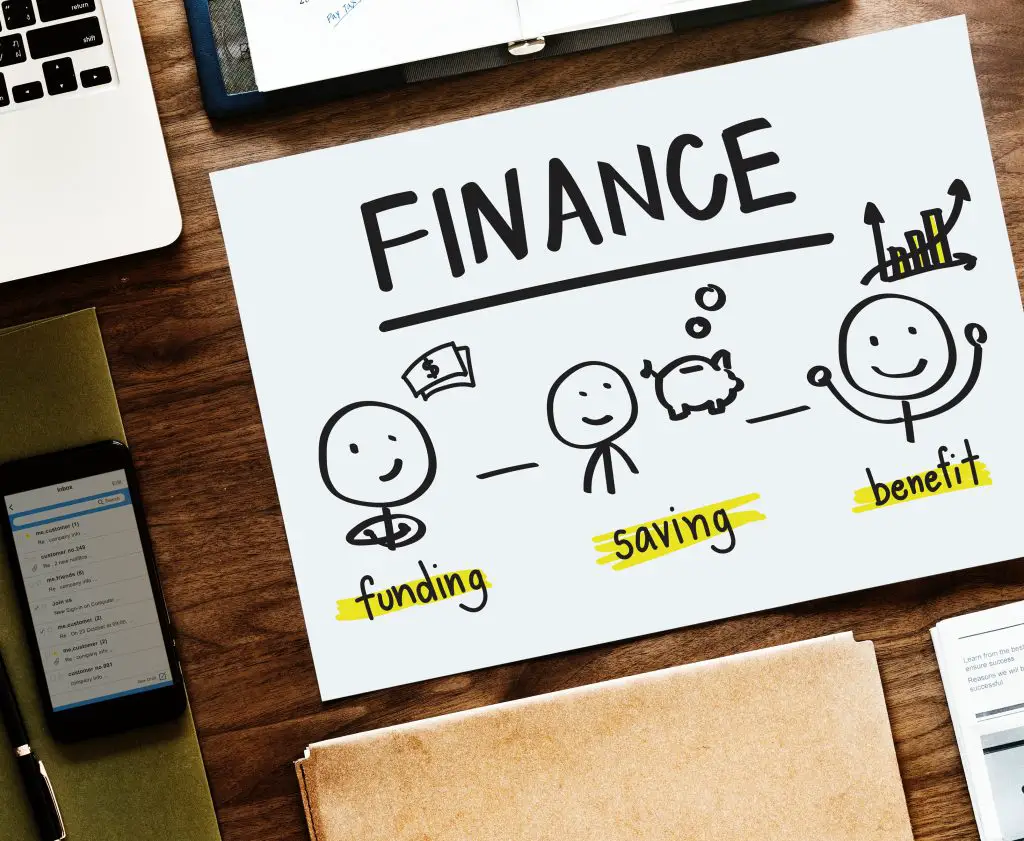
For example, housing might be your number one most important expense for the month. Until you can find ways to save money on housing, it is probably the most expensive in your budget as well. Obviously, you need a place to live for shelter.
Therefore you would place a number 1 next to that expense.
If you like to go on vacations a couple times of year, saving money for travel should be reflected in your budget as well and assigned a value.
You need to make sure that those expenses are included in your budget categories.
With this particular personal budget all expenses will be ranked for the month.
I practice parts of this personal budget method. Recently I underwent a household spending audit and identified some savings. I came up with a list of things I stopped buying and saved over $10,000 due to this method.
Who Should Use This Personal Budgeting Method?
Values-Based Budgeting is a great option for people who have a clear definition of how to manage their money and have been using budgets for a while.
It is also good for somebody who is trying to get out of debt and stop over spending. This is because with this budget method, they are forced to assign a value ranking to each expense. They are making the tough choices of where they want to spend their money. And that is one of the first steps on how to get out of debt.
What is nice about this method is that if you find yourself running short on money for the month, you have already ranked all of your expenses based on priority. So you may be able to eliminate some of those planned expenses at the end of the month if they are not that important to you.
4. The Proportional Budget Method
This budgeting method includes a budget that is based on your income allocated into percentages with certain purposes.
These personal budgets include budgets like the 50/30/20 or the the 80/20 budgets that experts often refer to.
The purpose of splitting up the income is to designate money for spending and saving in someone’s financial life.
Additionally, they can be carved up in different allocations other than the two that are referred to above.
In the 80/20 personal budgeting model, you would spend 80% of your income and save the remaining 20%.
In the 50/30/20 budget model. you would spend 50% on the necessities or needs, 30% on discretionary expenses which would be wants, and put the remaining 20% towards your savings.
This is a quick down and dirty split of your income expense and debt obligations each month.
You don’t necessarily have to go through each budget category.
This particular budget method is more of “go with the flow” but use these general parameters of these ratios.
If your expenses do not add up to the 80/20 or 50/30/20 allocations, you can come up with a different allocation. Once you have determined what your expenses and income ratios are initially, then you can follow along in this budget method. The only real important thing to keep in mind here is determining what a need versus what a what constitutes. Once you have that figured out, then coming up with the proportions for your budget is not that difficult.
Who Should Use This Personal Budgeting Method?
This is a good budgeting method for people who do not want to spend every single minute of every single day managing their daily finances. As long as you follow the proportions that you have initially set with regard to income and expenses, you can put your financial life on auto pilot more with this personal budget method.
It is good to go through every couple months and periodically review your expenses. Over time, if you find that your expenses are exceeding your proportions, then you will have to adjust your allocations to address that.
5. Line Item Budget Method
You often see this budget model in the corporate world combined with values based budgeting. This is one of the more complex and detailed budgeting methods.
With this particular budget, it is good to set up a spreadsheet in Excel.
This budget is like any other budget where you list out all of your expenses both fixed and variable, discretionary and non-discretionary.
You should set up three columns for each line item in your spreadsheet. Those columns would be:
estimated amount
actual amount
surplus/deficit
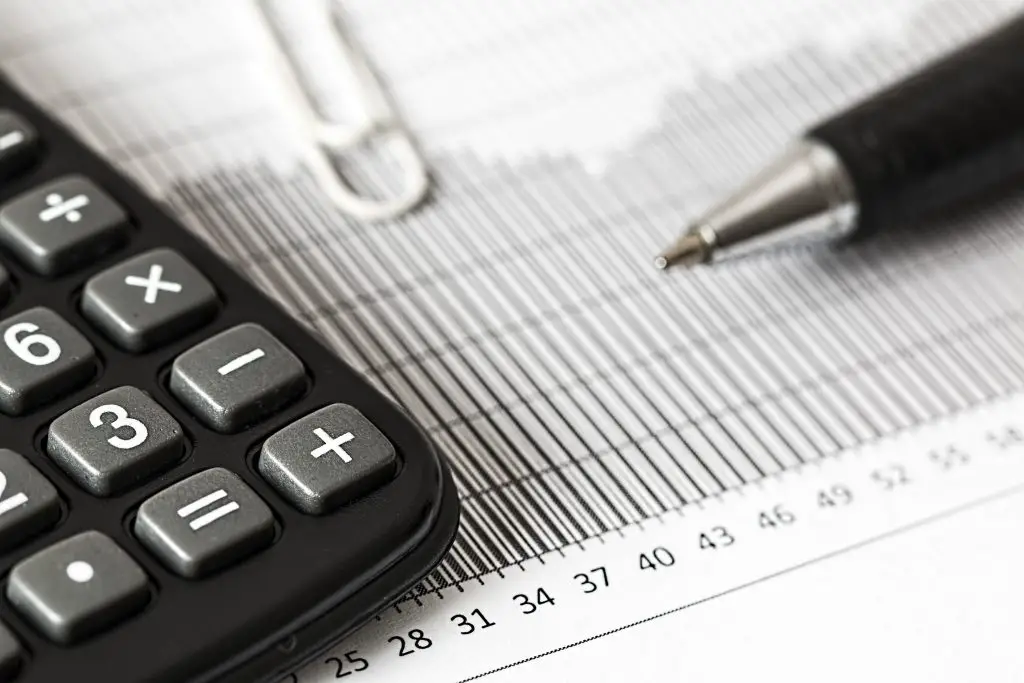
By setting up your spreadsheet this way, you can see at the end of each month how you did in each line item expense. Some line items you will have a savings surplus, and other line items you may have a deficit. It is important to review your spreadsheet at the end of each month so you can make adjustments down the road if necessary.
Who Should Use This Personal Budgeting Method?
Unlike proportional budgets, this budgeting method is completely opposite. This personal budget is designed for a person who very much wants to know the intimate details of their daily finances. It is also a great personal budget to recommend as a first step for somebody wanting to get out of debt. A person has to be committed to taking control of their financial life in order to achieve financial freedom. With this budget model, the individual is actively involved in the line items, reporting, and analysis of their financial transactions.
6. The “No” Budget Method
This personal budget model could be considered the wild wild west of budgeting! The only condition is to only spend the money that you have. In other words, you would not want to spend more than what you are actually making in income each month.
You want to keep a close eye on your balance in your checking and savings accounts. Also be sure to have money available for one time only expenses should they arise.
At the end of the month you can spend whatever money you have left over in your account.
This budgeting message follows the notion of as long as I have the money I’m going to do it.
This is not the best motto to follow if you are trying to achieve financial freedom or trying to grow your retirement savings.
If you do decide to use this personal budgeting method, it would be smart to use a debit card for all of your non discretionary purchases.
This way you can have a more accurate tally of what your balances are in your bank account.
Who Should Use This Personal Budgeting Method?
This budgeting method would be designed for people they want to indulge in their discretionary or wants expenses. It may also include people that are in the early stages of life in their personal financial management. Sticking to a budget is not the first thing they concerned about.
I would classify this more as a spending habit then a personal budget, but a lot of finance experts do recognize it as a personal budgeting method. Therefore I have included it.
It is geared more towards the person that has income, but is not too concerned about creating or managing a personal budget. They just don’t have time for that in their life.
7. The “Pay Yourself First” Budget Method
This personal budget method focuses on taking control of debt and increasing your savings or emergency funds initially.

The first step in this process is to put aside a specific amount of money each month when you get paid. In turn, that money goes towards your savings and to your debt payments.
This is a great budget method to use in conjunction with the debt avalanche and debt snowball methods. This is also a great way to build an emergency fund if you do not have one.
You still have to plan for covering your day-to-day expenses, but with the the pay yourself first model, you have already taken care of your initial goals.
Who Should Use This Personal Budgeting Method?
This is a good starting point for people that are trying to pay off debt. Learning how to budget your money often involves debt.
The reason is because it is forcing a person to prioritize their debt. What a person should do is to select their debt that has the highest interest-rate and focus on paying that down.
This system is known as the debt avalanche debt payment method.
Before a person can go on to building wealth, the first step is paying off their debt.
This personal budgeting method is designed exactly for that.
8. The à la Cart Budget Method
This personal budgeting method could be considered free-form budgeting. This is the actual budgeting method that I use.
The idea behind this personal budgeting model is that you are picking and choosing different aspects of the other budgeting models.
For example in my particular situation I use a values-based budget system along with a line item system. I assign a numerical value to each expense I have each month. Then, I will create a monthly estimate of the costs for each line item on my spreadsheet.
As my expenses are paid, I note the actual amount on my spreadsheet. At the end of the month, I can see if I was under or over for every particular line item.
Since I am a big fan of using budget spreadsheets in Excel, I can create custom graphs and charts within minutes.
This allows me to discover spending trends, seasonal swings in amounts, and when I have higher than usual monthly expenses. By using a customized budget spreadsheet, I was able use my monthly surplus to pay off my mortgage early.
Who Should Use This Personal Budgeting Method?
Although anybody can use this model, I would recommend an individual who is been using personal budgets and spreadsheets for several years. A person has to understand basic money management before they can come up with ways to analyze the particular financial situation.
What is great about this method is that it is up to the individual to pick and choose which aspects to focus on in regards to budgeting.
Are You Ready To Use a Personal Budget Method?
Rome was not built in a day. You have to think about personal budgeting in the same regard. It can take a while to become an expert in personal budgeting.
If you are just learning how to save money as a high school student, picking a personal budget method is important.
However, it should not be intimidating trying to figure out how to budget your money. The main important points or to not give up and keep trying the methods above.
Once you have that mastered, you can practice frugal living to supercharge your pathway to financial independence.
You will have ups and downs in your personal life and this will be reflected in your budget. There will be times where you have to adjust your household budget strategy and that’s OK.
Life is a constant of change.
Personal finance works the same way.
The bottom line is the more you focus on basic money management and personal budgeting, the better off you will be prepared in your life.
No matter where you fall on the personal finance continuum, everybody can gain new skills by using a budget and improve their financial health and outlook.
And that is money advice you can take to ANY bank!

